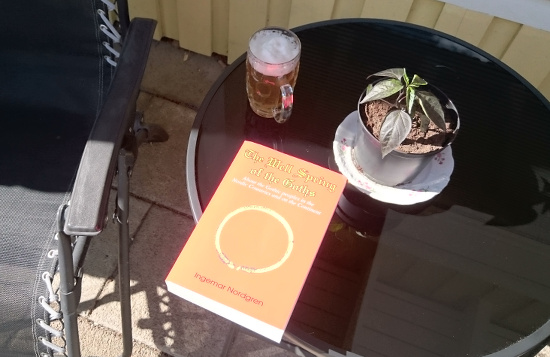There is an immense need to set straight the record of what made the Scandinavian countries successful in the first half of the 20th century. The three most commonly voiced explanations are atheism, sexual liberty and the wellfare state. Sadly, these rather mark the end to Scandinavia’s era of success. Nima Sanandaji (a blogger with a PhD from KTH in Stockholm) who is well suited for the task, has produced an essay which tries to answer the question based on sound statstics, for example recognizing that there is a time lag between a social development (such as a reform) and its effect on work ethics and life expectancy.
“Why do Nordic societies have unusually strong emphasis on individual responsibility and strong social capital? Religion, climate and history all seem to have played a role in forming these unique cultures. Over a hundred years ago, German sociologist Max Weber observed that Protestant countries in northern Europe tended to have a higher living standard, more high-quality academic institutions and overall stronger social cohesion than Catholic and orthodox countries.”
You can read the paper here.

